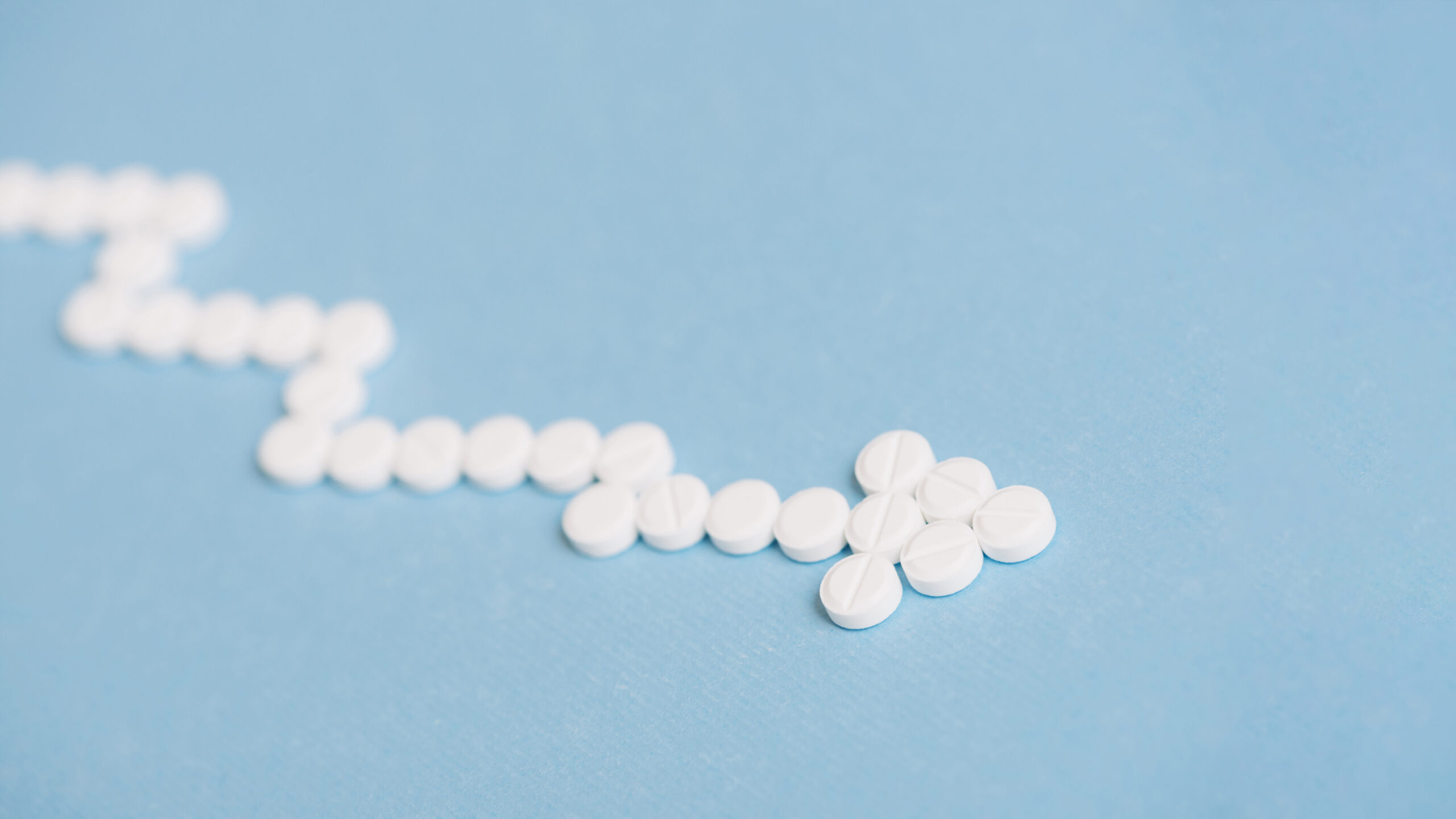Some individuals using testosterone therapy may experience fluid retention—often referred to as testosterone water retention or testosterone edema. This condition involves the buildup of fluid in tissues, which may appear as swelling in areas such as the hands, feet, or ankles.
Fluid shifts may be influenced by hormonal changes that affect the body’s sodium handling and water balance. One potential contributing factor is the conversion of testosterone into estrogen, a process known as aromatization.
Common Factors That May Contribute to Testosterone-Related Water Retention
Water retention while using testosterone can vary in severity and may depend on several individual and treatment-related factors:
1. Aromatization and Estrogen Levels
Testosterone can be converted to estrogen in the body. When estrogen levels increase, the body may retain more sodium and fluid. This mechanism is known to influence water retention in certain cases.
2. Dosage and Hormonal Imbalance
Higher doses of testosterone—such as testosterone cypionate or enanthate—may cause more pronounced hormonal fluctuations. These changes can contribute to fluid retention if not properly monitored and adjusted.
3. Individual Response and Sensitivity
Each person’s physiology reacts differently to hormone therapy. Factors such as genetics, pre-existing health conditions, and metabolic rate may influence the likelihood and severity of water retention.
Approaches That May Help Manage Water Retention from Testosterone
While every case should be evaluated individually, certain strategies may support more balanced fluid retention responses:
Hormonal Monitoring
Regular lab testing of testosterone and estradiol levels may help detect imbalances. Elevated estrogen can sometimes be addressed by adjusting therapy protocols under medical supervision.
Dosage Optimization
Finding the minimum effective dose is key to reducing unwanted effects. Gradual titration based on bloodwork and symptoms may reduce the likelihood of fluid accumulation.
Lowering Sodium Intake
Reducing dietary sodium may help limit fluid retention. A whole-food-based diet with fewer processed ingredients can support general metabolic and hormonal health.
Increasing Physical Activity
Exercise promotes circulation and may help reduce swelling in the extremities. Even light activity, such as walking or stretching, may improve water balance over time.
When to Seek Medical Attention
Although minor fluid retention may not be uncommon, some symptoms require immediate evaluation. Seek professional guidance if you experience:
-
Noticeable or worsening swelling in limbs
-
Sudden weight gain over a short period
-
Difficulty breathing or chest discomfort
These signs may indicate more serious medical conditions and should not be ignored.
How to Reduce Water Retention from Testosterone: Extra Tips
For those wondering how to manage testosterone-related water retention safely, here are two commonly discussed strategies that may support fluid balance when used with medical oversight:
1. Hydration and Potassium Balance
Increasing water intake may help reduce fluid retention by improving kidney function and encouraging sodium elimination. At the same time, foods rich in potassium—such as bananas, leafy greens, and avocados—can help promote a healthy electrolyte balance, which plays a key role in managing bloating or puffiness.
2. Nutritional Supplementation (Use With Caution)
Some individuals report subjective improvements with the use of natural supplements often associated with fluid regulation, such as:
-
Magnesium
-
Vitamin B6
-
Dandelion root
However, these supplements can interact with hormone levels, blood pressure, or other medications. They should never be started without guidance from a qualified provider.
Final Thoughts: Testosterone and Fluid Retention
While testosterone therapy may offer benefits for those with clinically diagnosed low testosterone, it may also lead to side effects, including fluid retention or so-called testosterone bloat. Factors such as dosage, hormonal conversion, diet, and individual physiology all contribute to how the body manages water.
Recognizing the signs early and applying targeted strategies—including hormonal monitoring, dietary adjustments, and personalized protocols—can help reduce discomfort. Managing these side effects is a dynamic process that should always be guided by appropriate medical supervision.
Managing Water Retention from Testosterone Responsibly
Does TRT cause water retention?
Some men may experience this side effect, but it’s often manageable. Fluid retention from testosterone therapy is not necessarily permanent and may respond to changes in dose, lifestyle, or nutritional intake. As with any hormone-related concern, it’s essential to approach management through evidence-based guidance and ongoing observation.



